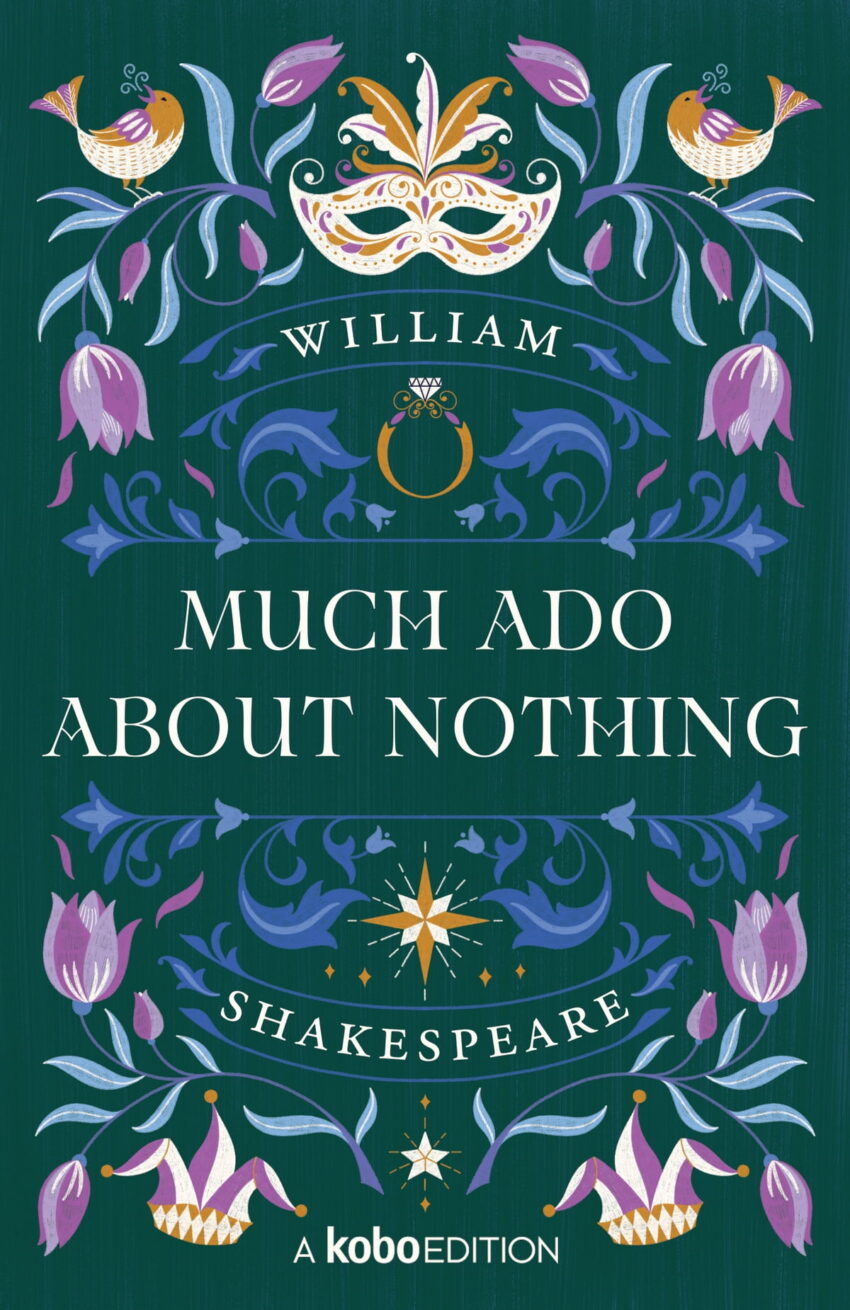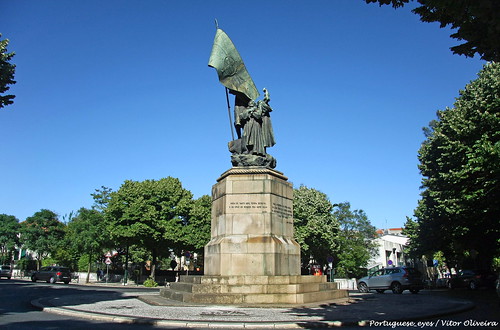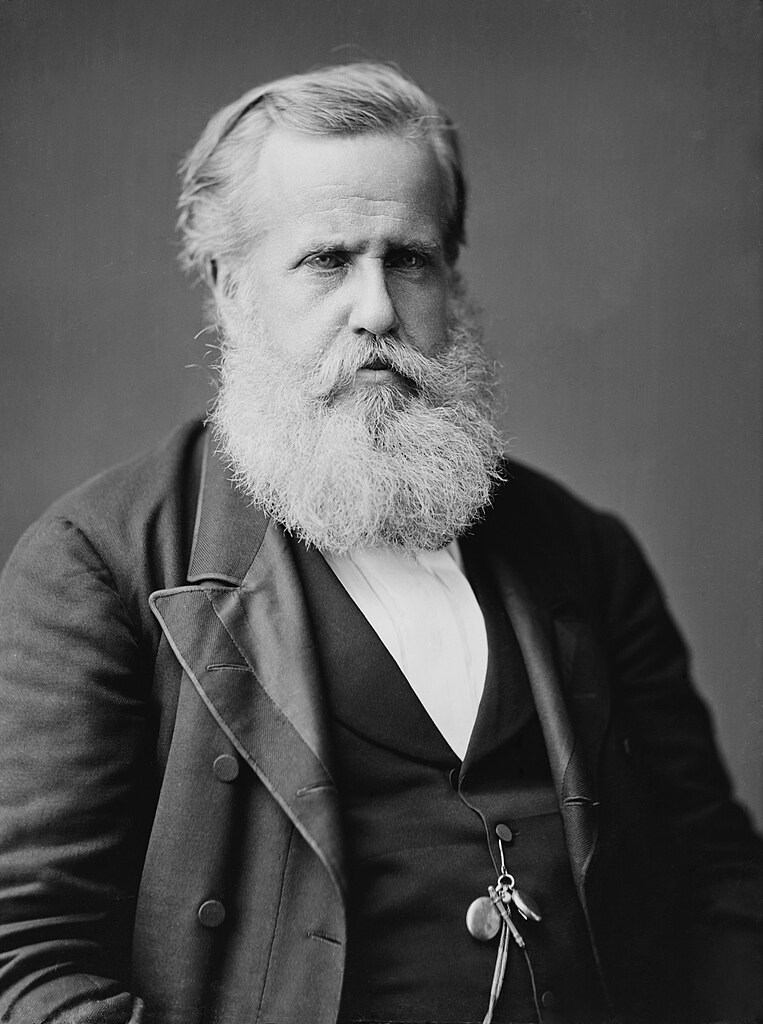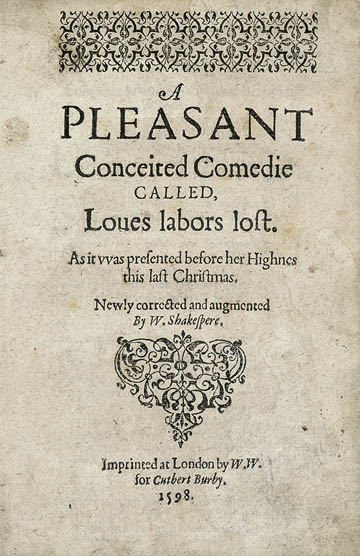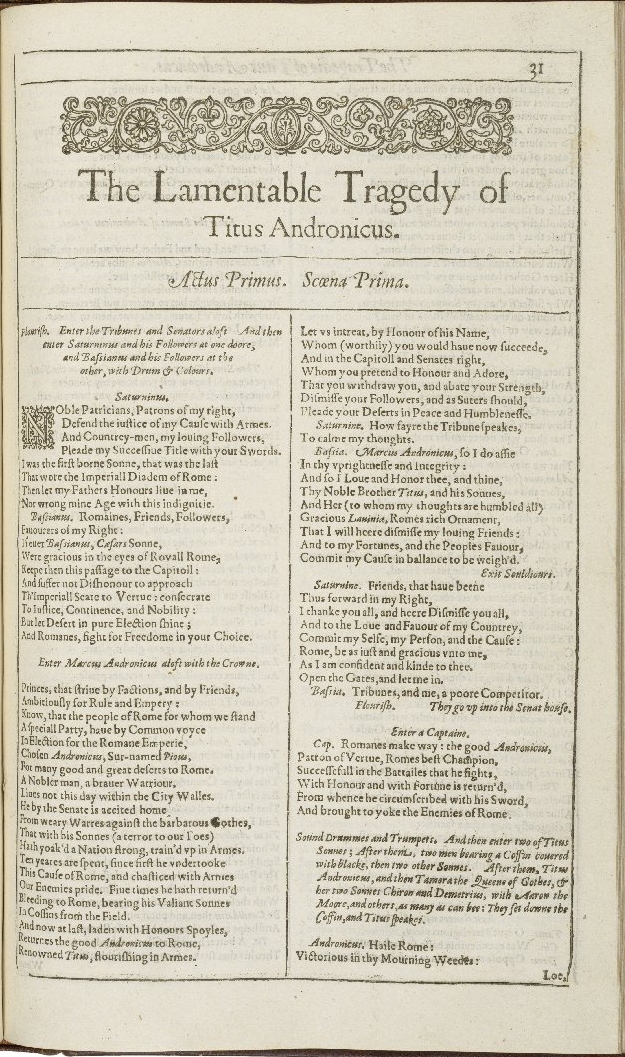Much Ado About Nothing Quiz Questions
1. What is the setting of the play?
(a) Verona, Italy
(b) Venice, Italy
(c) Messina, Italy
(d) Rome, Italy
2. Who is the main antagonist of the play?
(a) Claudio
(b) Don Pedro
(c) Don John
(d) Leonato
3. What is the primary conflict in the play?
(a) A rivalry between two families
(b) A battle between two kingdoms
(c) A misunderstanding that leads to heartbreak
(d) A quest for revenge
4. Who is the witty and independent woman who is initially opposed to marriage?
(a) Hero
(b) Beatrice
(c) Margaret
(d) Ursula
5. Who is the “merry war” between?
(a) Claudio and Don Pedro
(b) Benedick and Beatrice
(c) Don John and Leonato
(d) Hero and Margaret
6. What is the name of the masked ball where the play’s main plot begins to unfold?
(a) The Masquerade
(b) The Venetian Carnival
(c) The Midsummer Night’s Ball
(d) The Masque of Love
7. Who is falsely accused of infidelity?
(a) Beatrice
(b) Hero
(c) Margaret
(d) Ursula
8. What is the name of the Friar who helps to resolve the misunderstanding?
(a) Friar Lawrence
(b) Friar John
(c) Friar Francis
(d) Friar Tuck
9. What is the significance of the “villain’s plot” in the play?
(a) It highlights the theme of deception.
(b) It introduces a supernatural element.
(c) It serves as a subplot to the main love story.
(d) It foreshadows the tragic ending.
10. Who is the comedic constable in the play?
(a) Dogberry
(b) Borachio
(c) Balthasar
(d) Antonio
11. Who is the main protagonist of the play?
(a) Don John
(b) Benedick
(c) Don Pedro
(d) Leonato
12. Which character is known for their witty banter and sharp tongue?
(a) Claudio
(b) Benedick
(c) Don John
(d) Leonato
13. Who is the character who is often mistaken for a fool?
(a) Dogberry
(b) Borachio
(c) Balthasar
(d) Antonio
14. What is the primary theme explored in Much Ado About Nothing?
(a) The power of love
(b) The dangers of jealousy
(c) The importance of friendship
(d) The futility of war
15. How does Claudio react when he believes Hero is unfaithful?
(a) He forgives her immediately.
(b) He challenges her to a duel.
(c) He vows to never marry.
(d) He breaks off their engagement.
16. What is the role of Friar Francis in the play?
(a) He is a messenger between Benedick and Beatrice.
(b) He helps to expose Don John’s plot.
(c) He arranges Claudio and Hero’s marriage.
(d) He is a wise advisor to Leonato.
17. What is the resolution of the conflict between Benedick and Beatrice?
(a) They remain enemies throughout the play.
(b) They reconcile after a misunderstanding.
(c) They are forced to marry by their families.
(d) They die tragically at the end of the play.
18. What is the central message of the play?
(a) Appearances can be deceiving.
(b) Love conquers all.
(c) Jealousy is a destructive force.
(d) All’s well that ends well.
19. What is the significance of the “much ado about nothing” phrase in the title?
(a) It refers to the play’s comedic tone.
(b) It highlights the importance of trivial matters.
(c) It symbolizes the play’s theme of misunderstandings.
(d) It foreshadows the tragic events in the play.
20. Who is responsible for the deception that leads to Hero’s apparent infidelity?
(a) Benedick
(b) Beatrice
(c) Don John
(d) Claudio
21. What is the ultimate fate of Don John?
(a) He is exiled from the kingdom.
(b) He is killed in a duel.
(c) He is forgiven and reconciled with the others.
(d) He is imprisoned for his crimes.
22. How does Benedick and Beatrice’s relationship evolve throughout the play?
(a) They remain enemies throughout.
(b) They become friends and then lovers.
(c) They are forced to marry by their families.
(d) They are involved in a love triangle with Claudio.
23. What is the significance of the “measure for measure” plot device?
(a) It is a subplot involving a different set of characters.
(b) It is a parallel plot that mirrors the main conflict.
(c) It is a resolution to the misunderstanding between Claudio and Hero.
(d) It is a device used to punish Don John for his crimes.
24. What is the setting of the play?
(a) Ancient Rome
(b) Medieval England
(c) Renaissance Italy
(d) Elizabethan England
25. What is the significance of the “nothing” in the play’s title?
(a) It refers to the emptiness of life.
(b) It symbolizes the power of words.
(c) It highlights the theme of deception.
(d) It represents the uncertainty of love.
Much Ado About Nothing Quiz Questions with Answers
1. What is the setting of the play?
(c) Messina, Italy
2. Who is the main antagonist of the play?
(c) Don John
3. What is the primary conflict in the play?
(c) A misunderstanding that leads to heartbreak
4. Who is the witty and independent woman who is initially opposed to marriage?
(b) Beatrice
5. Who is the “merry war” between?
(b) Benedick and Beatrice
6. What is the name of the masked ball where the play’s main plot begins to unfold?
(a) The Masquerade
7. Who is falsely accused of infidelity?
(b) Hero
8. What is the name of the Friar who helps to resolve the misunderstanding?
(c) Friar Francis
9. What is the significance of the “villain’s plot” in the play?
(a) It highlights the theme of deception.
10. Who is the comedic constable in the play?
(a) Dogberry
11. Who is the main protagonist of the play?
(b) Benedick
12. Which character is known for their witty banter and sharp tongue?
(b) Benedick
13. Who is the character who is often mistaken for a fool?
(a) Dogberry
14. What is the primary theme explored in Much Ado About Nothing?
(a) The power of love
15. How does Claudio react when he believes Hero is unfaithful?
(c) He vows to never marry.
16. What is the role of Friar Francis in the play?
(c) He arranges Claudio and Hero’s marriage.
17. What is the resolution of the conflict between Benedick and Beatrice?
(b) They reconcile after a misunderstanding.
18. What is the central message of the play?
(d) All’s well that ends well.
19. What is the significance of the “much ado about nothing” phrase in the title?
(c) It symbolizes the play’s theme of misunderstandings.
20. Who is responsible for the deception that leads to Hero’s apparent infidelity?
(c) Don John
21. What is the ultimate fate of Don John?
(d) He is imprisoned for his crimes.
22. How does Benedick and Beatrice’s relationship evolve throughout the play?
(b) They become friends and then lovers.
23. What is the significance of the “measure for measure” plot device?
(c) It is a resolution to the misunderstanding between Claudio and Hero.
24. What is the setting of the play?
(c) Renaissance Italy
25. What is the significance of the “nothing” in the play’s title?
(c) It highlights the theme of deception.




